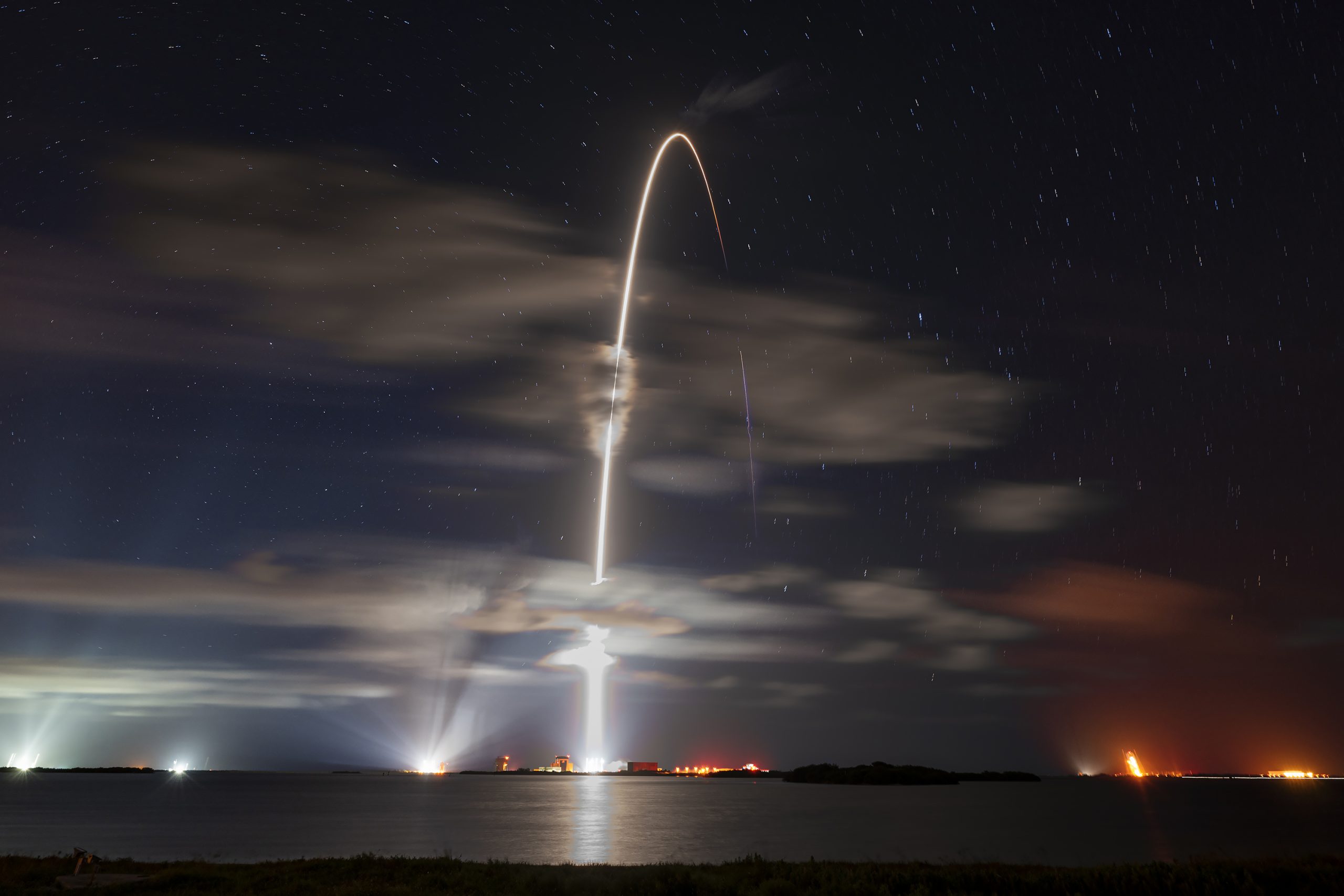SpaceX’s launch of a Falcon 9 rocket on Thursday night was set to send 20 Starlink high-speed internet satellites into low-Earth orbit. The rocket suffered an anomaly.
After the Falcon 9 rocket took off from Vandenberg Space Force Base in California, everything was going according to plan. The first two stages separated as planned, and the first stage successfully landed eight minutes after launch.
However, the rocket’s upper stage had an issue as it was hauling the Starlink satellites, CEO Elon Musk said on X:
“Upper stage restart to raise perigee resulted in an engine RUD for reasons currently unknown. Team is reviewing data tonight to understand root cause. Starlink satellites were deployed, but the perigee may be too low for them to raise orbit. Will know more in a few hours.”
Upper stage restart to raise perigee resulted in an engine RUD for reasons currently unknown. Team is reviewing data tonight to understand root cause.
Starlink satellites were deployed, but the perigee may be too low for them to raise orbit. Will know more in a few hours.
— Elon Musk (@elonmusk) July 12, 2024
RUD is short for “rapid unscheduled disassembly,” according to Space.com.
SpaceX then posted a response on X shortly after:
During tonight’s Falcon 9 launch of Starlink, the second stage engine did not complete its second burn. As a result, the Starlink satellites were deployed into a lower than intended orbit.
SpaceX has made contact with 5 of the satellites so far and is attempting to have them…
— SpaceX (@SpaceX) July 12, 2024
SpaceX successfully made contact with ten of the twenty satellites and “attempted to have them raise orbit using their ion thrusters.” However, the high-drag environment only 135 kilometers above Earth prevented them from successfully being raised.
As a result of their low altitude, the satellites will re-enter the atmosphere and “fully demise,” SpaceX confirmed. They are not a threat to other satellites or public safety.
FAA Response
The FAA also made a response stating it was “requiring an investigation” and would work with SpaceX on corrective actions:
“The FAA is aware an anomaly occurred during the SpaceX Starlink Group 9-3 mission that launched from Vandenberg Space Force Base in California on July 11. The incident involved the failure of the upper stage rocket while it was in space. No public injuries or public property damage have been reported. The FAA is requiring an investigation.
An investigation is designed to further enhance public safety, determine the root cause of the event, and identify corrective actions to avoid it from happening again.
The FAA will be involved in every step of the investigation process and must approve SpaceX’s final report, including any corrective actions.
A return flight is based on the FAA determining that any system, process, or procedure related to the mishap does not affect public safety. In addition, SpaceX may need to request and receive approval from the FAA to modify its license that incorporates any corrective actions and meet all other licensing requirements.”
I’d love to hear from you! If you have any comments, concerns, or questions, please email me at joey@teslarati.com. You can also reach me on Twitter @KlenderJoey, or if you have news tips, you can email us at tips@teslarati.com.

